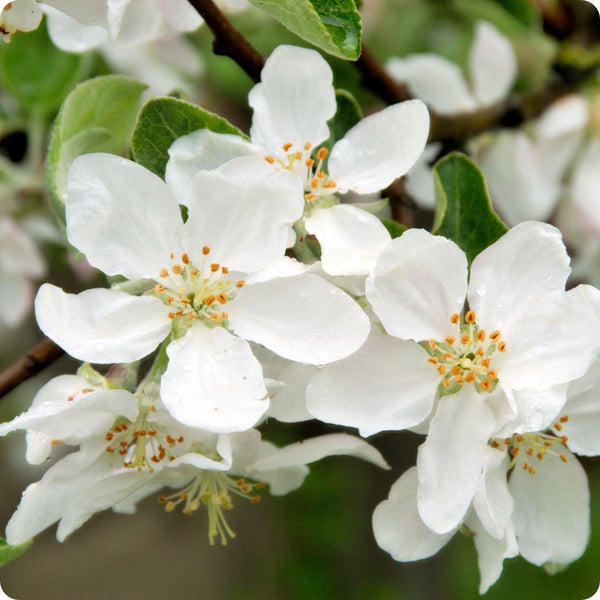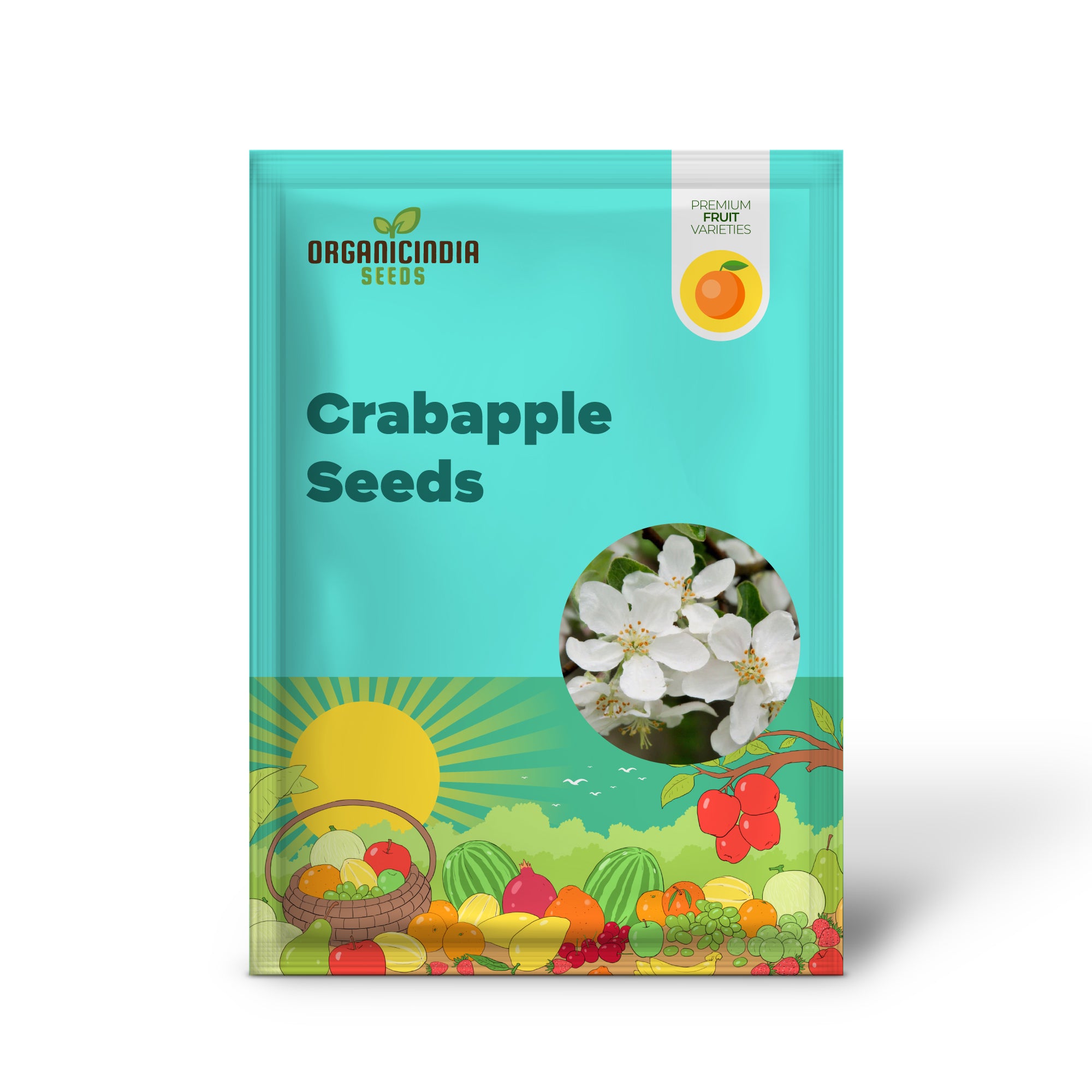



Free Shipping
Safe & Secure Payments
Sargent's Crabapple (Malus sargentii) is a small, deciduous tree known for its compact size, stunning spring blossoms, and ornamental appeal. Native to Eastern Asia, this crabapple variety produces clusters of delicate pink to white flowers in early spring, followed by small, red fruits that persist into the fall, adding color and texture to the garden. The tree’s glossy green leaves provide year-round interest, transitioning to a lovely orange or yellow in the fall. Though the fruit is tart, it can be used for jams, jellies, or preserves. Sargent’s Crabapple is ideal for smaller gardens or landscapes, offering both aesthetic beauty and practical fruit production.
Key Features:
Growing Information:
Light: Sargent's Crabapple thrives in full sun but can tolerate partial shade. For the best flowering and fruiting, plant it in a sunny spot that receives 6–8 hours of direct sunlight daily.
Soil: This crabapple is adaptable to various soil types, including sandy, loamy, and clay soils. It prefers well-draining, slightly acidic to neutral soil (pH 6.0–7.5).
Planting Tips:
Watering: Sargent's Crabapple prefers regular watering, particularly during dry spells. Keep the soil moist but not soggy, as overly wet soil can lead to root rot. Once established, the tree is drought-tolerant but will produce better fruit with consistent moisture.
Benefits:
Growing Zones: Sargent's Crabapple is suitable for USDA Hardiness Zones 4–8. It thrives in colder climates and is well-suited to areas with cold winters and moderate summers.
How to Use in the Garden:
Conclusion: Sargent's Crabapple (Malus sargentii) is a charming and hardy tree that brings both beauty and function to your garden. Its compact size, stunning spring blossoms, and vibrant fall foliage make it a standout ornamental tree, while its edible red fruit adds value for culinary use. Easy to grow, cold-hardy, and wildlife-friendly, Sargent's Crabapple is a great choice for gardeners looking for a low-maintenance, multi-season tree. Whether you're planting it as an ornamental feature, an edible addition, or to support local wildlife, this crabapple is sure to enhance any landscape.
حدِّد الخيارات

